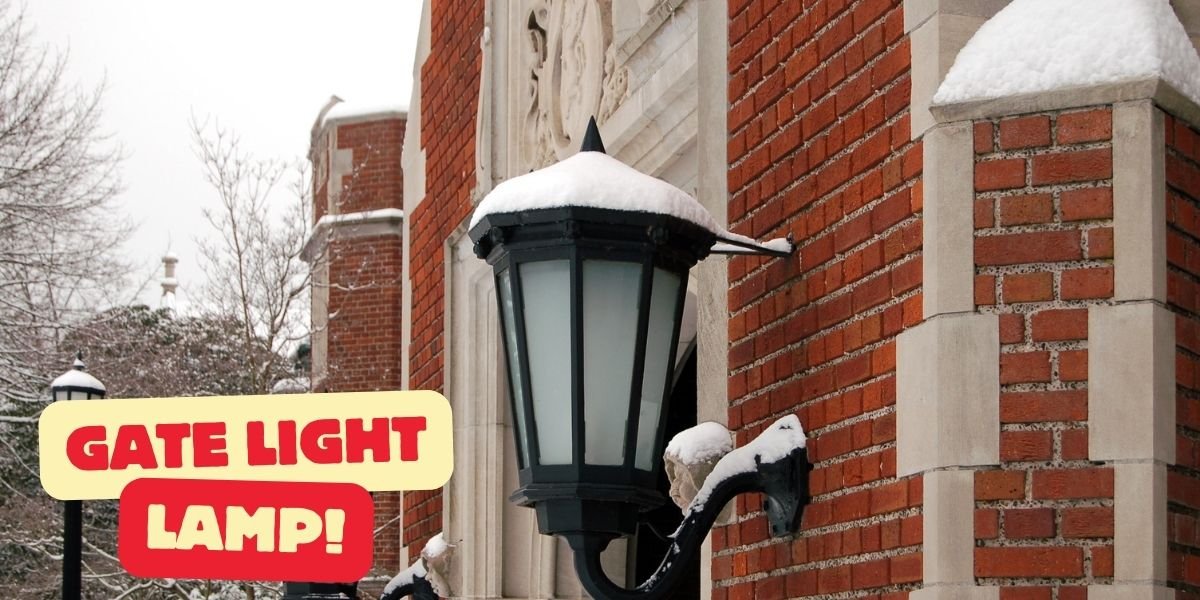What is Ferritik?
Ferritik, also known as ferritic stainless steel, is a type of stainless steel characterized by its body-centered cubic crystal structure. This steel is known for its excellent corrosion resistance, high-temperature stability, and magnetic properties. It contains chromium, with little to no nickel, making it an economical choice for many applications. Understanding the properties and applications of ferritic stainless steel can help industries make informed decisions about material selection.
Properties of Ferritic Stainless Steel
Ferritic stainless steels exhibit several notable properties, which include:
- Corrosion Resistance: Due to the high chromium content, ferritic stainless steels offer excellent resistance to oxidation and corrosion, making them ideal for environments where corrosion is a significant concern.
2. Magnetic Properties: Unlike austenitic stainless steels, ferritic stainless steels are magnetic, which can be a critical factor in certain applications.
3. Thermal Conductivity: These steels have better thermal conductivity compared to austenitic grades, enhancing their performance in high-temperature applications.
4. Cost-Effectiveness: The low nickel content in ferritic stainless steels makes them more affordable than austenitic grades, offering a cost-effective solution for various industries.
Applications of Ferritic Stainless Steel
Ferritic stainless steels are used in a wide range of applications due to their unique properties. Some common applications include:
- Automotive Industry: Ferritic stainless steels are widely used in the automotive industry for exhaust systems, fuel lines, and other components due to their excellent resistance to corrosion and high-temperature stability.
2. Appliances: These steels are used in the manufacturing of household appliances such as washing machines, dishwashers, and refrigerators, where corrosion resistance and aesthetics are important.
3. Industrial Equipment: Ferritic stainless steels are used in industrial equipment that operates at high temperatures, such as heat exchangers and furnace parts.
4. Architecture and Construction: Due to their corrosion resistance and cost-effectiveness, ferritic stainless steels are used in architectural applications like roofing, cladding, and structural components.
Grades of Ferritic Stainless Steel
There are several grades of ferritic stainless steel, each with specific properties and applications. Some common grades include:
- Grade 409: Often used in automotive exhaust systems, Grade 409 offers good weldability and corrosion resistance.
- Grade 430: Known for its formability and aesthetic appeal, Grade 430 is commonly used in kitchen appliances and decorative applications.
- Grade 439: This grade offers superior corrosion resistance and formability, making it suitable for automotive and industrial applications.
- Grade 444: With enhanced corrosion resistance and high-temperature performance, Grade 444 is used in applications like water heaters and heat exchangers.
Benefits of Using Ferritic Stainless Steel
The use of ferritic stainless steels offers several benefits:
- Durability: Ferritic stainless steels are known for their long-lasting durability, making them suitable for applications that require a long service life.
- Cost Savings: The low nickel content results in significant cost savings, especially in applications where large quantities of stainless steel are required.
- Environmental Impact: Ferritic stainless steels are recyclable, contributing to sustainability and reducing the environmental impact.
- Aesthetic Appeal: These steels can be polished to a high gloss, providing an attractive appearance for visible components in appliances and architecture.
Challenges and Considerations
While ferritic stainless steels offer many benefits, there are also some challenges and considerations:
- Weldability: Some grades of ferritic stainless steel can be challenging to weld, requiring specific techniques and filler materials.
- Brittleness at Low Temperatures: Ferritic stainless steels can become brittle at low temperatures, limiting their use in cryogenic applications.
- Limited Workability: Compared to austenitic grades, ferritic stainless steels have limited workability, which can affect their use in complex forming processes.
Future Trends in Ferritic Stainless Steel
The demand for Ferritik stainless steel is expected to grow, driven by several factors:
- Sustainability: As industries seek more sustainable materials, the recyclability and low environmental impact of ferritic stainless steel make it an attractive choice.
- Cost Pressures: The rising cost of nickel is pushing industries to seek more economical alternatives, increasing the demand for ferritic grades.
- Technological Advancements: Advancements in manufacturing techniques and material science are improving the properties and applications of ferritic stainless steel, making it more versatile and reliable.
Conclusion
Ferritik stainless steel, with its unique properties and cost-effective advantages, is an essential material for many industries. Understanding its characteristics, applications, and future trends can help businesses make informed decisions and leverage the benefits of this versatile material.
Read Our More Blogs:-



